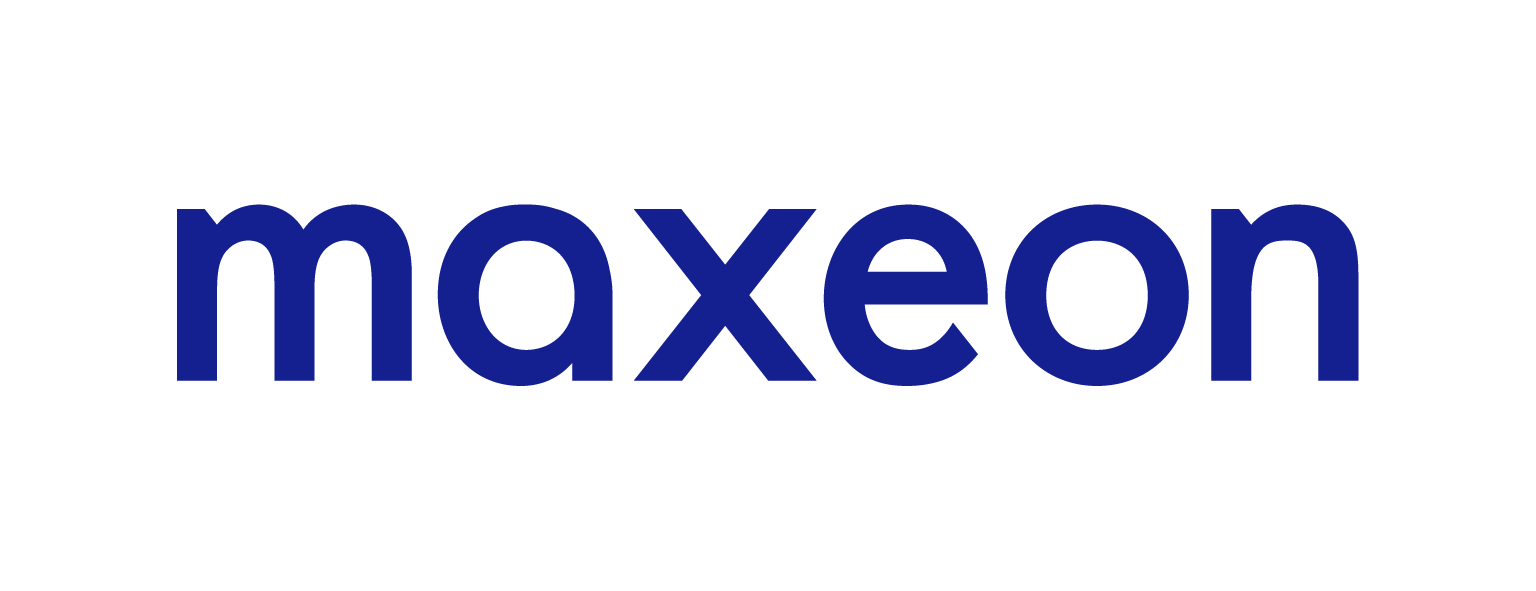Cheap Solar Panels and the Risk to Quality and Reliability
Author: Tom Scalli, Maxeon Senior Product Marketing Manager
As low-cost solar manufacturers continue to scale, and new, inexperienced market entrants proliferate—it’s important to understand the impact declining prices may have on the quality and reliability of their solar panels. From our point of view, unproven technology and rapidly declining prices can add up to uncertainty and unnecessary risk for the system owner. Fortunately for our customers, Maxeon provides not only exceptional, proven technology, we also back it with a 40-year warranty for additional confidence and peace of mind.
One area in particular where cheap, unproven technology can have a significant negative impact is solar cell cracking. For those who are familiar with Maxeon and what we provide our customers, you know crack resistance is the primary reason we’ve been touting the solid metal foundation of the Maxeon solar cell for years. Recent research from CEA (Clean Energy Associates)serves to reinforce our focus on reliability and Maxeon’s advantage against cell cracks.
From CEA’s site audits, they determined that 83% of standard panels were experiencing line cracks—cracks that typically result from wafer imperfections or from impacts and pressure on cells/panels during the manufacturing process. Line cracks generally lead to minor power loss, although they can accumulate throughout the panel for a more significant impact to energy production.
Additionally, CEA noted that 76% of standard panels were experiencing more complex cracks—cracks that typically result from handling/installation or inclement weather. These complex cracks tend to propagate throughout the cell, creating larger dead zones that can limit energy production, as well as become the source of hotspots. While hotspots are often discussed in the context of shading, cell cracks are equally capable of generating damaging hotspots. As the internal resistance generated by current travelling through damaged cells builds, cell temperatures can rapidly increase to levels that degrade surrounding panel materials. A key difference from a hotspot generated by shade, however, is that shading is eventually removed from the panel. A cracked cell essentially acts as permanent shade on the panel.
CEA also noted a 47% increase in line and complex cracks since the beginning of 2022. While no direct explanation for the rapid increase is offered, an article from PV Tech speculates there may be a connection to the fact that “many module buyers are procuring from new and inexperienced suppliers...leading to increased quality issues.”
The study also found that 81% of sites with panels using half-cut cells were affected by edge-ribbon cracks. This is noteworthy for a couple of reasons. First is the cell cutting process itself, which can vary greatly from one manufacturer to the next. As cells are divided by a laser, imperfections left on the cell edges can be more susceptible to inducing cracks. The second reason relates to cell connections. The metallic connections used in standard panels are prone to breakage from expansion and contraction as temperatures cycle between hot and cold. The stress placed on the solder joints supporting the connection between two standard solar cells is often a source of cell cracks. And once again, these cracks can quickly extend throughout the cell, ultimately forming hotspots that can lead to panel failure. Maxeon panels are different, with cell connections that offer embedded strain relief to withstand thermal stresses. Additionally, the interconnects we use in our Maxeon and Performance Line panels, while different from one another, each "design out" key risks associated with half-cut cells.
So, what can solar customers do?
What’s really challenging is that the cell cracks described above aren’t visible to the naked eye. How then can potential solar customers protect themselves? According to CEA, it starts with awareness of the issue. We would agree—the more solar customers know about these challenges the better—and customer education is a key aspect of Maxeon’s value proposition.
CEA also recommends more robust quality assurance (QA) programs from third-party inspection on the premises of the manufacturer—along with pre- and post-installation inspections on site to identify defects introduced during transport and/or installation, respectively.
These recommendations are great, but wouldn’t it be easier to choose a solar panel that isn’t prone to cell cracks? It takes a lot of the added time and expense of multiple inspections out of the equation, while giving solar customers the peace of mind to know their panels are going to perform as billed in the field.
From manufacturing to shipping & storage, to installation, the solid metal foundation behind every Maxeon cell is going to stay in constant contact with the silicon. The metal foundation retains full electrical connectivity regardless of any cracks that form, so energy keeps flowing.
Reliability challenges extend beyond the cell
Additional information to consider comes from the “Anomalous” project, a collaboration between leading scientists that uncovered an estimated 10 GW of solar modules in Germany impacted by prematurely aging back sheets. These findings once again illustrate that in the race to scale volume and reduce panel costs, product materials choices can often lack a full assessment of their longer-term implications—scrutiny that can only be realized through in-depth analysis and field testing.
In the end, experience matters
Maxeon has continuously optimized our technology for a robust combination of stronger performance, efficiency, and longer lifespans — demonstrating comprehensive innovation that’s reflected in our ability to offer the industry’s longest warranty.
